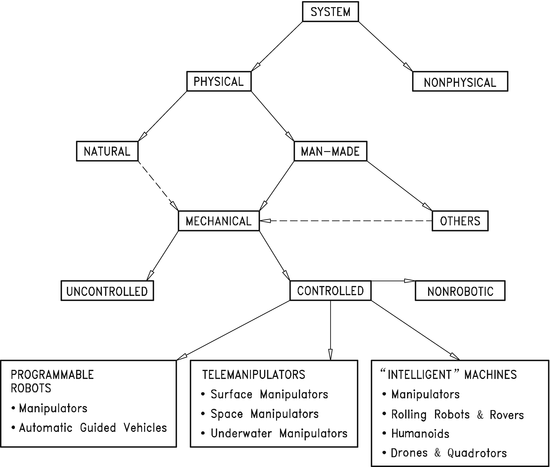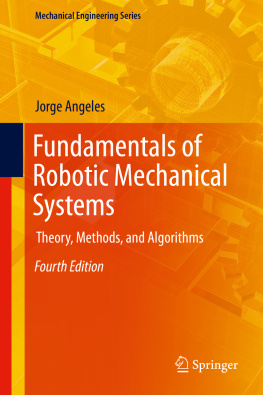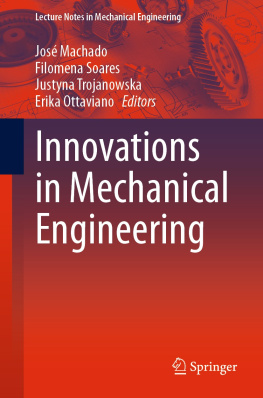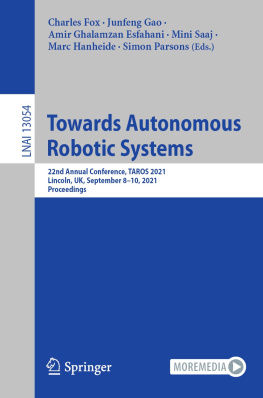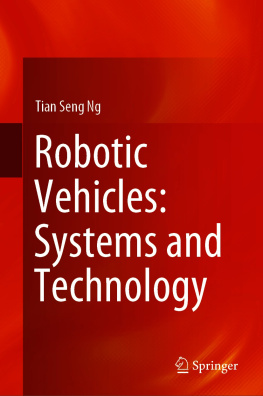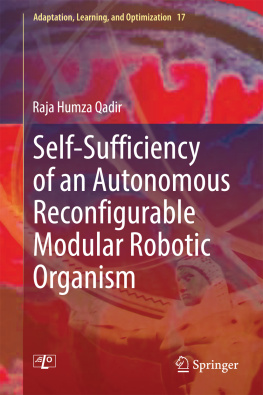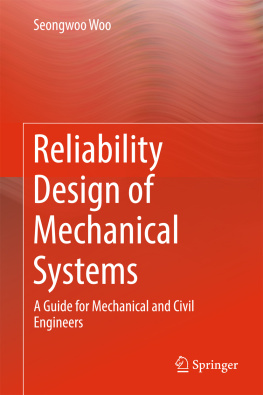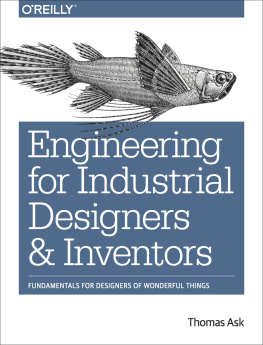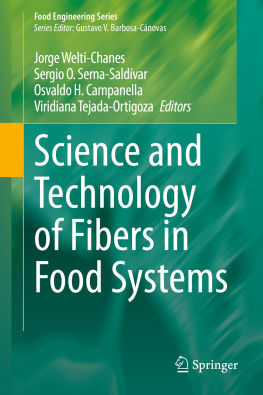1. An Overview of Robotic Mechanical Systems
1.1 Introduction
In defining the scope of our subject, we have to establish the genealogy of robotic mechanical systems. These are, obviously, a subclass of the much broader class of mechanical systems . Mechanical systems, in turn, constitute a subset of the more general concept of dynamic systems . In the end, we must have an idea of what, in general, a system is.
The Concise Oxford Dictionary defines system as a complex whole, set of connected things or parts, organized body of material or immaterial things, whereas the Random House College Dictionary defines the same as an assemblage or combination of things or parts forming a complex or unitary whole. Le Petit Robert , in turn, defines system as Ensemble possdant une structure, constituant un tout organique , which can be loosely translated as A structured assemblage constituting an organic whole. In the foregoing definitions, we note that the underlying idea is that of a set of elements interacting as a whole.
On the other hand, a dynamic system is a subset of the set of systems. For our purposes, we can dispense with a rigorous definition of this concept. Suffice it to say that, to qualify as dynamic , a system should be endowed with three elements, namely, a state , an input , and an output , in addition to a rule of transition from one current state to a future one. Moreover, the state is a functional of the input and a function of a previous state. In this concept, then, the idea of order is important, and can be taken into account by properly associating each state value with time. The state at every instant is a functional, as opposed to a function, of the input, which is characteristic of dynamic systems. This means that the state of a dynamic system at a certain instant is determined not only by the value of the input at that instant, but also by the past history of the inputbesides, of course, its initial state . By virtue of this property, dynamic systems are said to have memory .
On the contrary, systems whose state at a given instant is only a function of the input at the current time are static, and said to have no memory. Additionally, since the state of a dynamic system is a result of all the past history of the input, the future values of this having no influence on the state, dynamic systems are said to be nonanticipative or causal . By the same token, systems whose state is the result of future values of the input are said to be anticipative or noncausal . In fact, we need not worry about the latter, and hence, all systems we will study will be assumed to be causal.
Obviously, a mechanical system is a system composed of mechanical elements. If this system complies with the definition of dynamic system, then we end up with a dynamic mechanical system . For brevity, we will refer to such systems as mechanical systems , the dynamic property being implicit throughout the book. Mechanical systems of this type are those that occur whenever the inertia of their elements is accounted for. Static mechanical systems are those in which inertia is neglected. Moreover, the elements constituting a mechanical system are rigid and deformable solids, compressible and incompressible fluids, and inviscid and viscous fluids.
From the foregoing discussion, then, it is apparent that mechanical systems can be constituted either by lumped-parameter or by distributed-parameter elements. The former reduce to particles; rigid bodies; massless, conservative springs; and massless, nonconservative dashpots. The latter appear whenever bodies are modeled as continuous media. In this book, we will focus on lumped-parameter mechanical systems. In mechanical systems, the driving forces and moments exerted by the actuators and the environment play the role of the input, the set of signals picked up by the sensors that of the output. Finally, the rules of transition are dictated by the laws of nature, especially from mechanics, electromagnetics and biology.
Furthermore, a mechanical system can be either natural or engineered , the latter being the subject of our study. Engineered mechanical systems can be either controlled or uncontrolled. Most engineering systems are controlled mechanical systems, and hence, we will focus on these. Moreover, a controlled mechanical system may be robotic or nonrobotic. The latter are systems supplied with primitive controllers, mostly analog, such as thermostats, servovalves, etc. Robotic mechanical systems, in turn, can be programmable , such as most current industrial robots, or intelligent , as discussed below. Programmable mechanical systems obey motion commands either stored in a memory device or generated on-line. In either case, they need sensors, such as joint encoders, accelerometers, and dynamometers.
Intelligent robots or, more broadly speaking, intelligent machines , are yet to be demonstrated, but have become the focus of intensive research. If intelligent machines are ever feasible, they will depend highly on a sophisticated sensory system and the associated hardware and software for the processing of the information supplied by the sensors. The processed information would then be supplied to the actuators in charge of producing the desired robot motion. Contrary to programmable robots, whose operation is limited to structured environments , intelligent machines should be capable of reacting to unpredictable changes in an unstructured environment . Thus, intelligent machines should be supplied with decision-making capabilities aimed at mimicking the natural decision-making process of living organisms. This is the reason why such systems are termed intelligent in the first place. Thus, intelligent machines are expected to perceive their environment and draw conclusions based on this perception. What is supposed to make these systems intelligent is their capability of perceiving, which involves a certain element of subjectivity. By far, the most complex of perception tasks, both in humans and machines, is visual (Levine ).
In summary, then, an intelligent machine is expected to (a) perceive the environment; (b) reason about this perception; (c) make decisions based on this reasoning; and (d) act according to a plan specified at a very high level. What the latter means is that the motions undergone by the machine are decided upon based on instructions similar to those given to a human being, like bring me a glass of water without spilling the water.
Whether intelligent machines with all the above features will be 1 day possible or not is still a subject of discussion, sometimes at a philosophical level. Penrose () wrote a refutal to the claim that intelligent machines are possible.
A genealogy of mechanical systems, including robotic ones, is given in Fig.. In that figure, we have drawn a dashed line between mechanical systems and other systems, both engineered and natural. This line is intended to emphasize the interaction of mechanical systems with electrical, thermal, and other systems, including the human system, which is present in telemanipulators, to be discussed below.
